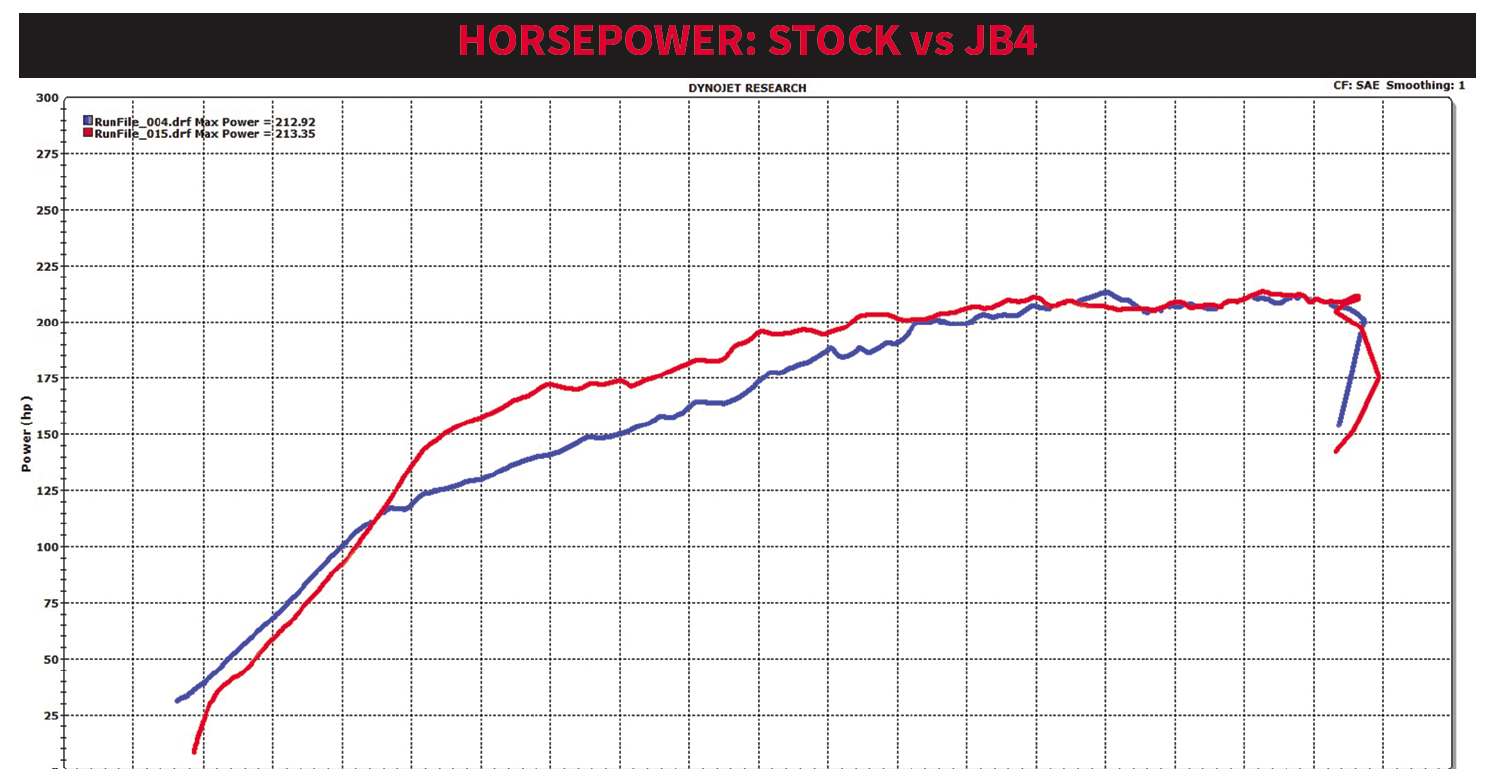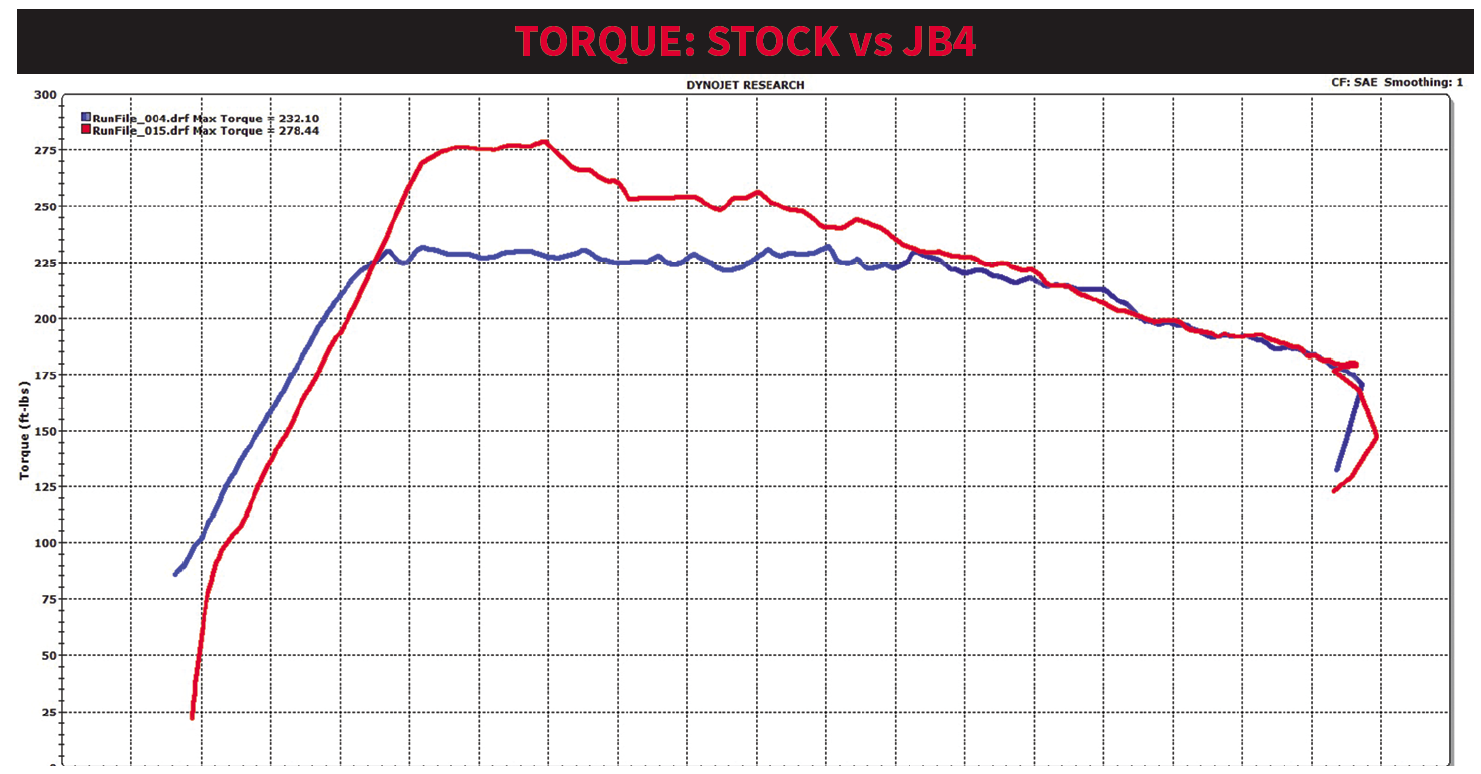When Tyler, our Events and Marketing Manager, traded in his Honda Civic Si for a Lexus IS200t, we figured he was planning to settle down and enjoy the ride rather than try and get there fast. It only took him a week to complain about the lack of low-end torque in his turbocharged IS and the lack of power overall. Coming from E85-fueled Si, he knew he isn’t planning to go that route again with this luxury sedan. Instead, enhancing the drivability and response is all he wanted. After a quick search, we came across Burger Motorsports’ solution for the Lexus IS200t: The JB4. The goal is to increase performance while honoring the reliability, comfort, and purpose of this vehicle – at least for now. Here are the results and what we think about the JB4.
Text by Bassem Girgis // Photos by Joe Singleton and Bassem Girgis
DSPORT Issue #223
The JB4 has four plugs in two sets of Y-shape. Installation is as simple as removing two plugs from the engine’s sensors, then plugging the JB4 in their place, and plugging the original plugs in the other side of the Y-shaped plugs.
How it Works
Unlike a traditional reflash, the JB4 doesn’t need to access your ECU and change the factory tables. Instead, it easily attaches to the TMAP (Temperature Manifold Absolute Pressure) sensor and the MAP (Manifold Absolute Pressure) sensor. As the signal goes through the JB4 unit, it gets modified/altered before it’s sent through to your stock-tuned ECU. The alteration forces your ECU to make the proper adjustments to adapt to the changed signal, which results in increased boost and performance. In addition to these two sensors, the JB4 can connect to your OBDII port to enhance the experience. This allows it to monitor all critical engine data through CAN BUS, which allows it to adjust boost by RPM to increase performance, and more importantly, adjusts and even turns off when safety is of concern. Boost, timing, and fuel are all accounted for through CAN BUS, adapting to changes in any of them and maximizing both performance and engine safety.
We placed the JB4 behind the ECU, as it sits away from excessive heat coming from the engine, while being close to the driver side’s firewall so we can feed the cable into the cabin and into the OBDII port.
The Features
 With access to the OBDII port, a world of data is revealed. Through Burger Motorsports’ phone app, you can monitor just about any piece of data you need, such as throttle position, oil temperature, water temperature, boost, intake temperature, engine speed, air/fuel ratio, fuel trims, ignition timing, knock, and just about anything you need. This can all be monitored in real-time as you drive, with the capability of data-logging. Numerous maps are available for different levels of modifications, varying from 91-octane to E85 tuned-maps, and even different race fuel mixtures. The phone app allows you to do some custom tuning of your own, like changing boost at various RPM if you’re looking to change the power delivery for a specific type of driving or racing. In addition to performance gains, the JB4 works as a scanner to read and delete ECU fault codes. Best of all, the JB4’s nature of not changing ECU maps allows it to not be detected on your ECU, saving you in the event you need to benefit from your warranty.
With access to the OBDII port, a world of data is revealed. Through Burger Motorsports’ phone app, you can monitor just about any piece of data you need, such as throttle position, oil temperature, water temperature, boost, intake temperature, engine speed, air/fuel ratio, fuel trims, ignition timing, knock, and just about anything you need. This can all be monitored in real-time as you drive, with the capability of data-logging. Numerous maps are available for different levels of modifications, varying from 91-octane to E85 tuned-maps, and even different race fuel mixtures. The phone app allows you to do some custom tuning of your own, like changing boost at various RPM if you’re looking to change the power delivery for a specific type of driving or racing. In addition to performance gains, the JB4 works as a scanner to read and delete ECU fault codes. Best of all, the JB4’s nature of not changing ECU maps allows it to not be detected on your ECU, saving you in the event you need to benefit from your warranty.
On Our Dyno
With two quick plugs and some finking around to get the last wire into the cabin and plugged in the OBDII, it was time to strap the Lexus down and see what it does. Dyno day was extremely hot, so overall results was slightly affected; however, both stock and JB4 tests were conducted the same day with the same atmosphere temperature. In stock form, the Lexus IS200t put down a peak 212.92whp at 5,250 RPM and 232.10 lb-ft of torque at 2,800 RPM. With the off-the-shelf Map 2 loaded up through Burger Motorsports’ phone app, the IS put down a peak 213.35whp at 5,000 RPM and 278 lb-ft of torque at around 3,000 RPM. The lack of peak horsepower gain may seem alarming at first, but there is measurable gain from 2,800 RPM to 4,500 RPM, with 30whp gain at the 3,250 RPM mark. The small, stock turbocharger runs out of breath past 4,500 RPM, so regardless of the tune, you won’t get significant power there without a turbocharger upgrade. Significant torque gain was realized, with 46.34 lb-ft of peak gain, and over 50 lb-ft of torque at the low-end RPM range. On a colder day and with better 91-octane fuel than we have in California, these numbers could improve further.
The IS200t delivered 213.35 of peak whp, with significant gains between 3,000-4,500 RPM range.
A 46.32 lb-ft of peak torque was realized, with gains throughout the mid-range of the RPM.
The Bottom Line
The horsepower and torque gain happen right in the driving range, and unless you’re always revving your Lexus past 5,000 RPM, you should experience a difference in how the car drives. Tyler immediately felt a difference when he returned to the wheel. If you’re looking to turn your Lexus IS200t into a track car, this upgrade is not for you. However, if you seek to improve how the car drives and get a little more out of it without having to go through a chain of upgrades, this could satisfy your driving needs. Being able connect to your OBDII truly separates this product from the pack, giving you access to monitor all of your engine data. You do get various levels of upgrades through the different maps, even going to different fuel mixtures, but in the end, it will come a point where you may want to go the reflash route and do some custom tuning to get to the next level. If you are like Tyler and you know you just want one step up, this $429 (+$140 smart phone kit + $35 BMS Data Cable to download logs on your computer) product is for you.










